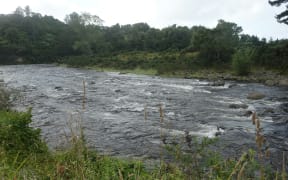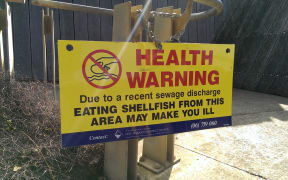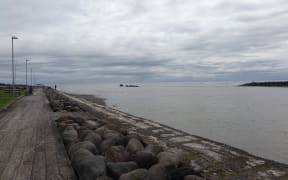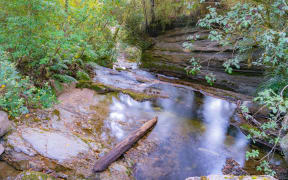The bacteria E coli has been detected in 85 percent of private groundwater bores that are potentially being used for human consumption in Taranaki, a new report reveals.
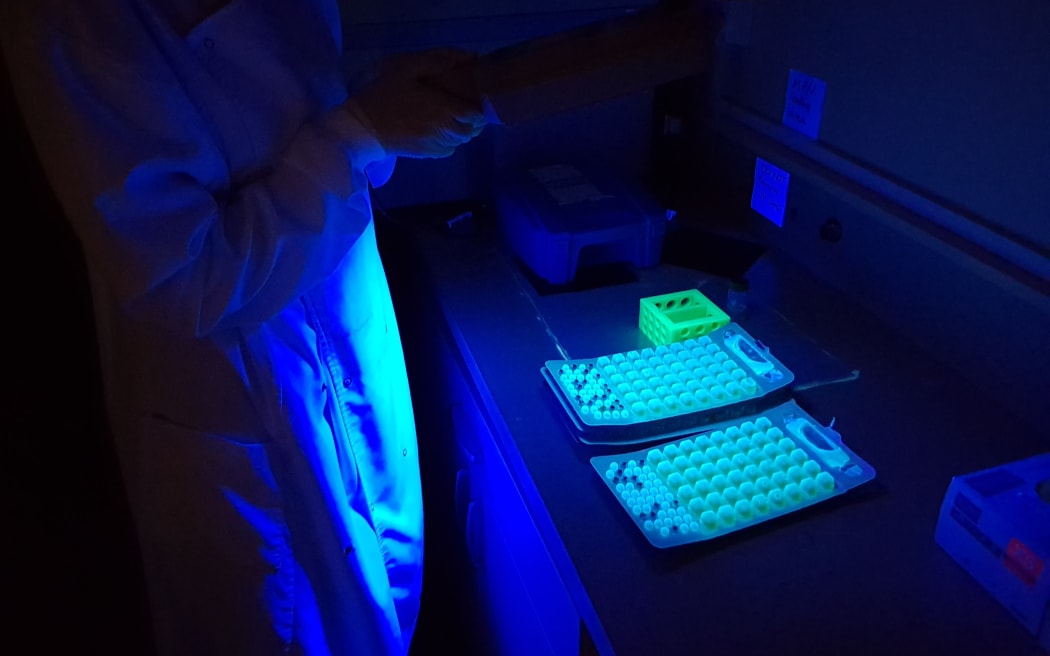
Test results showed E coli - an indicator bacteria for the potential presence of pathogens that could make humans sick - was found at least once in 21 of 25 private bores (file image). Photo: RNZ/Kate Gudsell
Nitrates, ammonia, iron and manganese have also occasionally been found at levels considered unsafe for people or stock to drink, or that can make water look or taste unpleasant.
The Taranaki Regional Council's Groundwater Quality - State of the Environment Monitoring Report 2015-2020 examines test results from 32 wells and bores.
Test results showed E coli - an indicator bacteria for the potential presence of pathogens that could make humans sick - was found at least once in 21 of 25 private bores.
"People using private groundwater supplies are most at risk of drinking groundwater with E coli bacteria and elevated levels of nitrate," the report said.
"Human activities and animal and industry wastewater discharged to land locally are both common sources of bacteria and nitrate. Poorly constructed wells and bores, or those that are not adequately isolated from direct sources of contamination, or surface runoff, are more likely to display elevated levels of E coli."
The regional council is warning people using private bores for drinking water to make sure they are secure from surface runoff contamination and the water is adequately treated.
"At a number of sites the presence of E coli is related to poor well construction or well-head protection, which allows for the ingress of overland runoff into groundwater. E coli concentrations found in purpose-designed monitoring wells installed following good drilling practices are consistently low," the report said.
At certain concentrations, nitrate can pose a health risk to babies and breast-feeding mothers.
There was only one Taranaki groundwater site where median levels of nitrate were found to exceed the "maximum acceptable value" for drinking water designed to protect against these risks.
Overall, the report found median nitrate and E coli levels in Taranaki groundwater were comparable to other regions across Aotearoa where intensive agriculture was the predominant land use.
The presence of iron, manganese and ammonia in groundwater was mostly due to the local geology and natural processes that occur in aquifers with low levels of oxygen.
"The concentration of these contaminants in water at some locations can cause the staining of plumbing fixtures, clogging of pipes or result in the taste or look of groundwater being unpleasant, making the water unsuitable for certain uses," the report said.
Iron concentrations were common challenge for those utilising groundwater in Taranaki.
The report found between 2015 and 2020, 12 of the 32 monitored sites (38 percent) were found to have concentrations of iron and/or manganese exceeding an aesthetic or heath-related standard set out in the New Zealand drinking water standards (DWSNZ).
A further three sites (9 percent) sometimes exceeded the aesthetic standard for ammonia.
Test results showed pesticides and heavy metals were generally not an issue in Taranaki's groundwater aquifers, although there had been isolated instances where contamination by chemical substances and herbicides/fungicides had been detected.
There was enough data available to assess groundwater quality trends at 10 of the 32 sites monitored.
In most cases, individual water quality indicators at these sites showed little change over the past 10 years, or were changing at an insignificant rate.
"Meaningful changes were only detected in three bores, with levels of nitrate considerably improving in one bore (10 percent) and deteriorating in two others (20 percent)."
Taranaki Regional Council is currently reviewing its Regional Policy Statement and developing a new Natural Resources Plan to cater for new guidance and thresholds for freshwater quality and health.
The Groundwater Quality - State of the Environment Monitoring Report 2015-2020 will be considered at the council's policy and planning committee meeting tomorrow.
